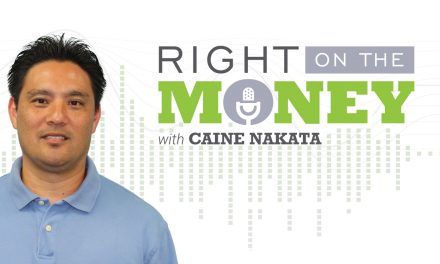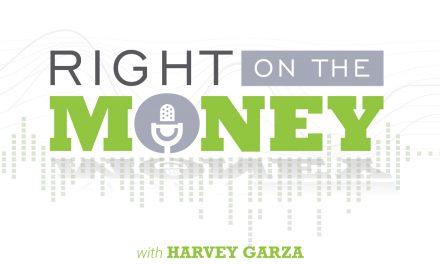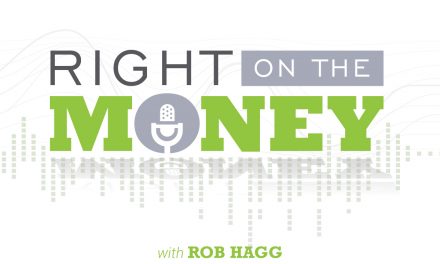A Risk-Tolerance Test Help Determine the Investment Suitable for You
The economic leverage of tax-free income from a non-modified cash value life insurance contract is story enough, but the selection of saving and investment crediting methods leaves it in a league of its own. Determining that crediting method is a matter of ownership suitability and to discover that, you need to undergo a risk-tolerance test.
Cash value life insurance has four basic mortality crediting methods: participating dividends, interest rates, indices and subaccounts correlated to the market. Most crediting methods have some degree of risk, so undergoing a risk-tolerance test to determine your suitability is a vital step in selecting the right mortality chassis. The four basic life insurance contracts are participating whole life, universal life, indexed universal life and variable universal life. Life insurance is, by its very nature, a mortality product designed for indemnification and inheritance planning. But the tax-deferred accumulation of cash values and distributions of tax-free collateralized policy loans deliver a third dimension to planning that can address certain retirement necessities. Watch the interview with popular platform speaker, asset management and life insurance specialist Rob Hagg as he walks you through the basic concepts of tax-free life insurance income in retirement.
For conservative savers, participating whole life may be the only option from the inventory of life insurance contracts. The top five insurance companies credit a reasonable interest rate without risk. Universal life has fallen out of favor because of its direct correlation to the low-interest environment. Indexed universal life offers domestic and foreign indices with differing investment approaches to generate a crediting interest rate return. It also protects against the downside of the market: zero account crediting in a negative contract period. But the policy still has expenses, so you could lose money. Variable universal life is engaged in market equities and various forms of bonds in subaccounts. So it has virtually the same risk and reward of other market-oriented products.
The key in using cash value life insurance is to purchase the lowest cost of insurance under Technical and Miscellaneous Revenue Act (TAMRA) regulations and keep the policy in force for the life of the policy insured. With a variety of saving and investing options and tax-free distributions, non-modified endowment cash value life insurance contracts may be more than just supplemental retirement income, it may be a retirement plan in and of itself.
Non-Modified Endowment Life Insurance Contracts are comprised of two types of tax-free distributions: one is tax-free basis; the other is tax free collateralized policy loans. To ensure tax-free distributions, Non-Modified Endowment Life Insurance Contracts must be kept in force for the life of the policy insured.
Nationally syndicated financial columnist Steve Savant interviews with popular platform speaker, asset management expert and life insurance specialist Rob Hagg. Right on the Money is a weekly one-hour online broadcast for TV and radio distribution. The show contains five ten-minute segments that are redistributed online as individual video press releases.




